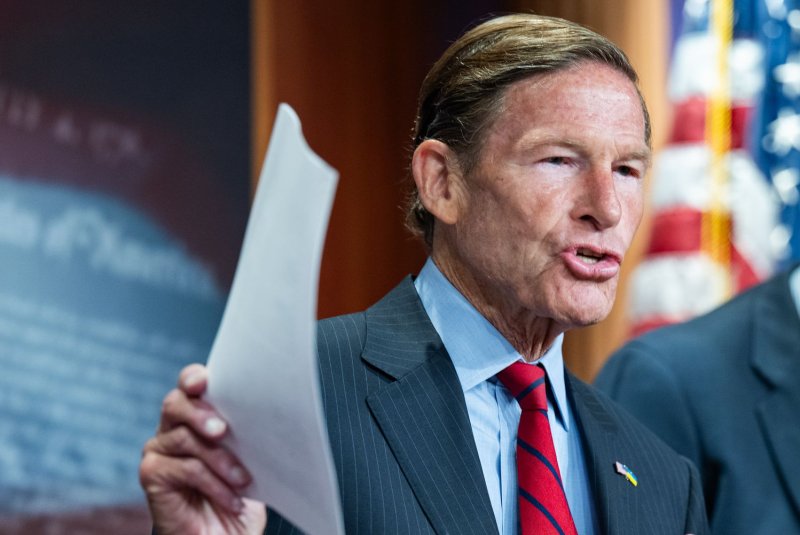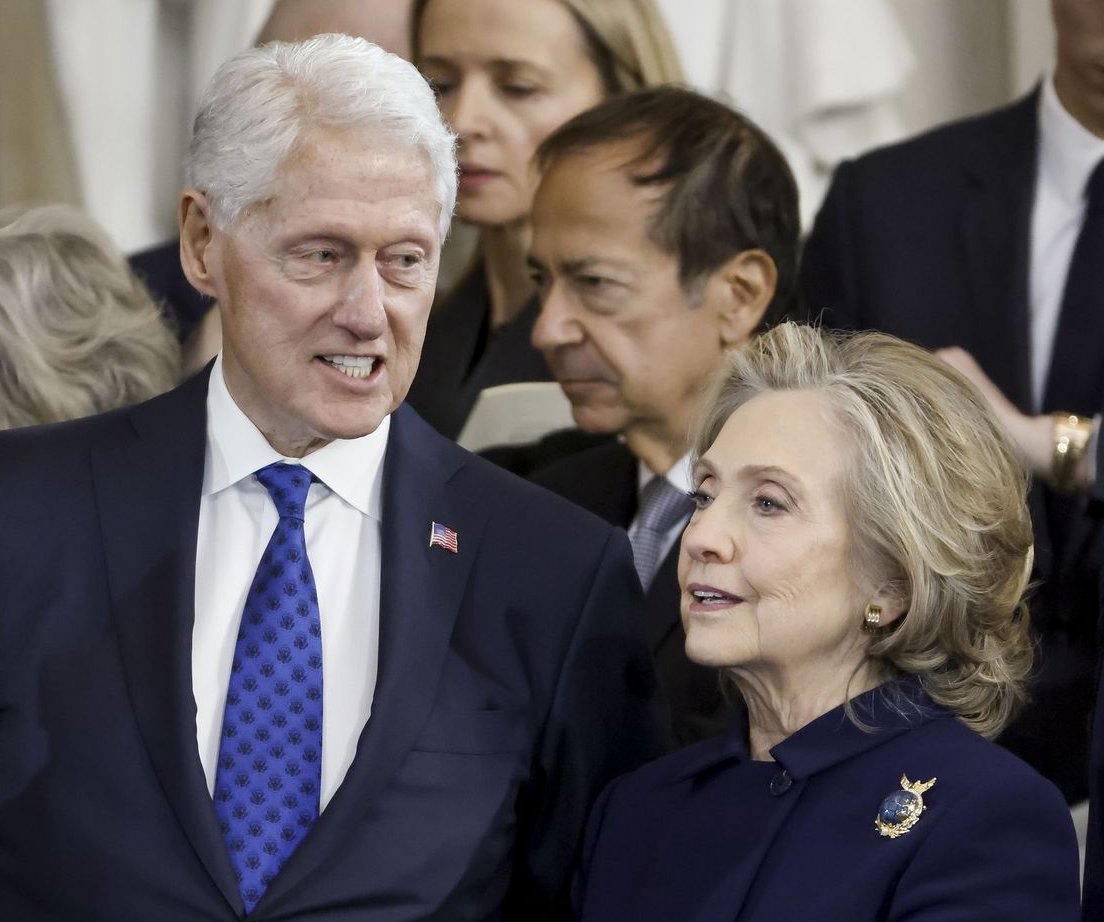That’s the reality of the modern workplace and the reaction of politicians and economists to it. More than a year of outsized gains in employment has shifted the discussion around work and brought the twin forces of labor supply and demand more closely into balance.
That’s not to say it is easy for employers to find workers, not with 9.8 million open jobs and far fewer workers to fill them.
But, at the same, some very positive things have happened to the job market over the past year. And while last week brought news of some softening with “only” 209,000 new jobs created in June instead of the 230,000 or so forecast, the labor market remains tight by any historical standard.
“The U.S. labor market wrapped up the first half of 2023 in a position of strength,” says Nick Bunker, head of economic research at the Indeed Hiring Lab. “It’ll take something dramatic happening to derail it anytime soon.”
One way economists measure the health of the labor market is to look at labor force participation. That is the percentage of the population that is over age 16 either employed or actively seeking work. That number is currently 62.6%.
However, while the overall rate has held generally steady, there are some variances. And that can often be as telling as the overall number.
Workers in their prime years, defined by the government as 25-54, hit a high point in June. At 83.5%, their participation rate equaled a level last seen in August 2001.
Political Cartoons on Inflation
View All 11 Images
“Compared to where it was pre-pandemic, it’s well above,” says Bunker.
But the good news does not stop there. For women, the participation is at an all-time high of 77.8%.
Women suffered mightily during the pandemic, as industries that have traditionally employed a disproportionate share of female workers – health care, leisure and hospitality and retail – were most affected by shutdowns during COVID-19. In February 2020, for example, women’s participation was at 77%. By April, it had fallen to 73.5%.
Men in the same age group are now at 89.2%, but that is still below the January 2020 level of 89.6%.
The Biden administration has touted the number of jobs created since the pandemic and with good reason. Monthly job gains have been strong, even though June’s number came in below expectations at 209,000. But that is still more than twice what economists believe is necessary to account for population changes. Moreover, a lot of those jobs have gone to workers who historically have had higher unemployment rates than the national average, which now stands at 3.6% – a level very close to the historical low for the postwar era.
“This economy is delivering strong results for America’s middle class – creating good jobs and yielding real income gains, especially for workers whose earnings have too often not kept up,” Lael Brainard, director of the National Economic Council, said on Wednesday.
But some analysts noted a disturbing trend in the June employment report. While the unemployment rate of whites fell in June from 3.3% to 3.1%, the rate for Black workers rose to 6% from 5.6% a month earlier. Black unemployment had been steadily falling since the pandemic and reached a low of 4.7% in April.
Jeremy Beck, vice president and deputy director at Numbers USA, says he fears the trend of “last hired, first fired” may be coming back for Black workers. Noting the improvement in overall economic conditions for Blacks during the recovery from the pandemic, he adds, “When you truly have a tight labor market, these workers are available and will do the work.”
Overall, the strong labor market of the past couple of years “has pulled workers in from the sidelines,” says Andrew Flowers, lead labor economist at Appcast. “Though a rising tide lifts all boats, a receding tide often leaves the most disadvantaged workers beached. These rates have not reached worrisome levels yet but are something to watch if the labor market continues to slow.”




